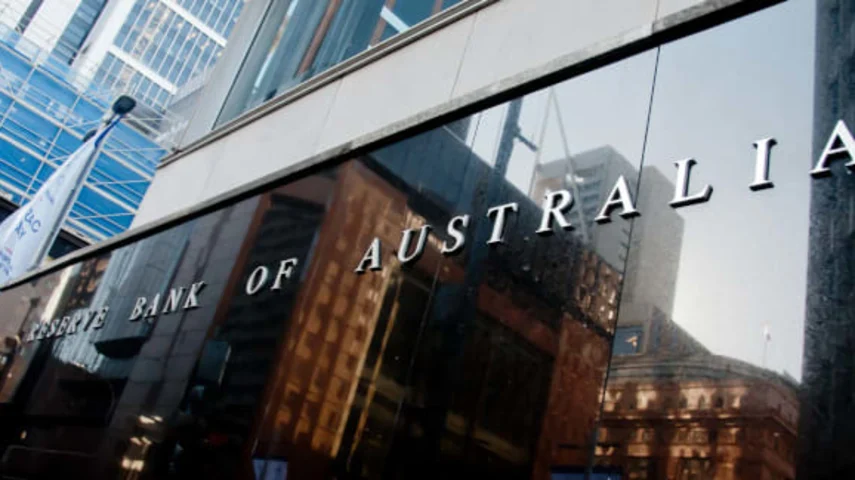RBA delivers latest rate call



The RBA has lowered rates to a level not seen since mid-2023.
After delivering its first rate cut in over four years in February, the new-look Reserve Bank of Australia announced a second cut on Tuesday, bringing rates down to 3.85 per cent in what was a widely predicted move.
In its statement on Tuesday, the RBA said: “Inflation has fallen substantially since the peak in 2022, as higher interest rates have been working to bring aggregate demand and supply closer towards balance. Data on inflation for the March quarter provided further evidence that inflation continues to ease.
“At 2.9 per cent, annual trimmed mean inflation was below 3 per cent for the first time since 2021 and headline inflation, at 2.4 per cent, remained within the target band of 2–3 per cent. Staff forecasts released today project that while headline inflation is likely to rise over the coming year to around the top of the band as temporary factors unwind, underlying inflation is now expected to be around the midpoint of the 2–3 per cent range throughout much of the forecast period.”
The RBA said that, with inflation expected to remain around target, the board therefore judged that an easing in monetary policy at this meeting was appropriate.
Ahead of Tuesday, economists widely expected the RBA to cut rates, with market pricing via the ASX RBA Rate Tracker suggesting a 96 per cent chance of a cut, with just 4 per cent anticipating a hold.
HSBC chief economist Paul Bloxham said a cut would be a timely response to signs of slowing domestic growth – particularly in consumer spending – and rising global uncertainty stemming from a major trade policy shock likely to weigh on international economic momentum.
“We expect the RBA to cut its cash rate by 25bp this week, the second cut in this easing phase. The RBA’s patient approach to dealing with the post-pandemic inflation surge has paid off,” Bloxham said.
He, however, said that while cutting the cash rate “a bit further” should help underpin the growth upswing, “lowering interest rates will not fix the deeper economic issues Australia’s economy faces”.
“A structural reform agenda is needed, aimed at making it easier to do business, slowing growth in the cost base and encouraging business investment,” Bloxham said.
“For the RBA, we expect this weak productivity problem to be a key factor that keeps them cautious about the pace of rate cuts.”
In line with the consensus view, Bob Cunneen, senior economist at MLC Asset Management, highlighted many reasons why the RBA should cut interest rates ahead of Tuesday, including subdued economic activity and falling inflation.
“The only other valid justification for the RBA keeping interest rates on hold is the view that Australia’s inflation risks are still problematic. Again, there is some evidence to support this assessment,” Cunneen said.
Similarly, GSFM investment specialist Stephen Miller said with inflation within the target 2–3 per cent band and with policy still in ‘restrictive’ territory, “the most judicious course would seem a further 25 bp decline in the policy rate to 3.85 per cent”.
Looking further ahead, he said that while more cuts could bring rates near 2 per cent by year end, this would signal mounting economic challenges rather than a positive outlook.
Recommended for you
The structural shift towards active ETFs will reshape the asset management industry, according to McKinsey, and financial advisers will be a key group for managers to focus their distribution.
ASIC has warned that practices across the $200 billion private credit market are inconsistent and, in some cases, require serious improvement.
A surge in electricity prices has driven the monthly Consumer Price Index to its highest level in a year, exceeding forecasts.
Infrastructure well-positioned to hedge against global uncertainty, says investment chief.







